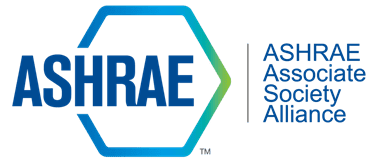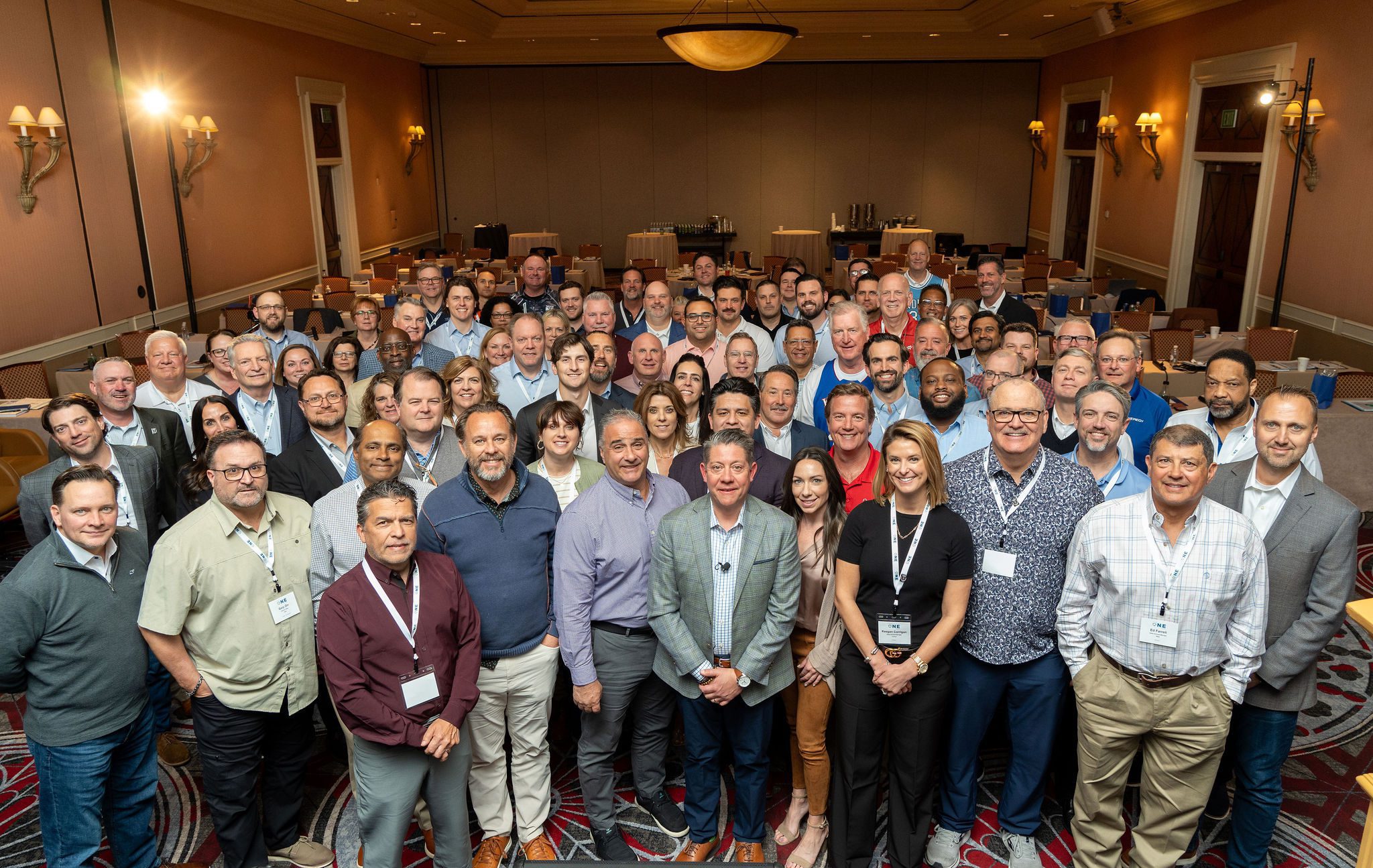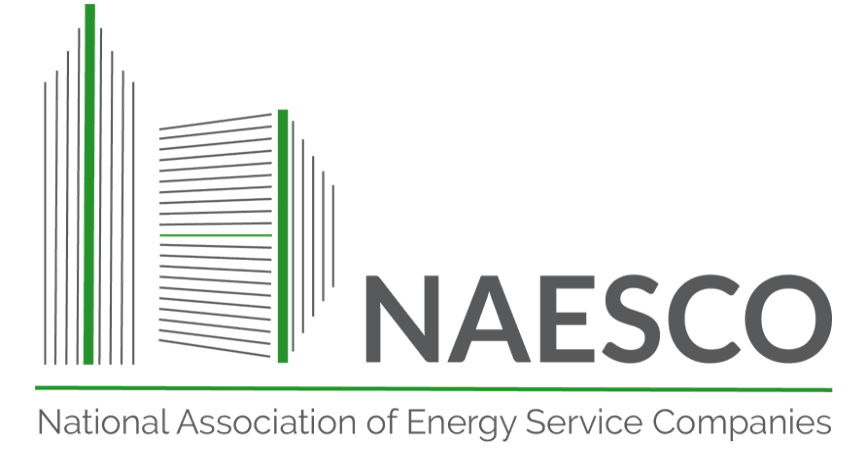Do you feel like you’re paying too much on your facility’s energy bill? Demand charges got you down? It’s not uncommon for building owners to feel a bit of energy anxiety, but for most, the search for conservation measures can seem daunting or even unattainable, given the weight of their day-to-day responsibilities.
Fortunately, as with most good solutions, there is a simple, painless first step facility managers can take to identify energy-saving opportunities and set themselves on a more sustainable path—the energy audit. Although there are a variety of energy surveys and audits currently available, one of the most common and highly-regarded is the ASHRAE energy audit.
“ASHRAE sets the standards for their three types of energy auditing starting with a simple audit (Level 1) ranging up to the most involved and comprehensive audit (Level 3)”
What is ASHRAE?
The American Society of Heating, Refrigeration, and Air-conditioning Engineers, or ASHRAE for short, is an international professional society dedicated to the advancement of sustainability in the built environment. In addition to industry research, ASHRAE sets the standards for their three types of energy auditing starting with a simple audit (Level 1) ranging up to the most involved and comprehensive audit (Level 3). We will break down the specifics of each of the three ASHRAE audits below.
ASHRAE Level 1 – Simple Audit
The first level of ASHRAE energy audit is a simple audit, often called a preliminary or walkthrough audit. A Level 1 audit includes a basic on-site survey of your current energy usage and minimal interviews with key facility personnel. A simple audit also includes a review of past energy bills and other operational costs related to the overall energy usage.
A Level 1 audit generally identifies low or no-cost energy savings opportunities and can help facility managers prioritize their most pressing or glaring energy issues. This type of audit is usually done to identify any “low hanging fruit” conservation measures but is not sufficient for larger efficiency solutions. A Level 1 audit is a great first step for nearly any business interested in improving their bottom line and differentiating themselves in a sustainable, environmentally conscious manner.
ASHRAE Level 2 – Analysis and Energy Survey
An ASHRAE Level 2 audit includes all of the measures of the Level 1 audit but with greater detail and depth regarding the financial analysis of potential improvements. If your business is serious about energy efficiency and reducing operating expenses, the more comprehensive Level 2 audit is recommended as it is more tailored to your building’s unique processes.
Each energy-saving measure will be broken out to include detailed information such as upfront cost, energy cost savings, and the payback period, which is calculated using your building’s personalized energy usage history. This level of audit is generally sufficient enough to justify the implementation of most types of energy saving measures, like-for-like equipment replacements, and distributed generation such as solar panels. If you are operating a non-manufacturing or technology business where most of your energy consumption comes from typical office fixtures like lights and heating, a Level 2 audit is probably sufficient.
ASHRAE Level 3 – Detailed Energy Modeling and Capital-Intensive Investments
The ASHRAE Level 3 audit, otherwise known as a comprehensive audit or a technical analysis audit, is the most involved and is most common for situations where major, capital-intensive investments are being considered. If you are looking at overhauling expensive or extensive systems that are integral to the functioning of your business, you should consider an ASHRAE Level 3 audit.
Building on the energy data and financial analyses of a Level 2 audit, a comprehensive audit includes a dynamic model of energy usage and the more technical aspects of your energy-using systems including daily and annual load profile. This model takes into account your history of energy usage, the savings potential of all cost-saving measures, and sometimes even more minute energy data from key systems operating in your building. A Level 3 audit takes more time and effort but will give you the most accurate, data-driven assessment of your energy savings opportunities. If you are in manufacturing or another energy-intensive business, a Level 3 audit is highly recommended to maximize your building’s performance advantage.
ASHRAE Audit Snapshot
| Type of Audit | Key Differences and Typical Applications |
| Level 1 – Preliminary Audit |
Use this audit if: You are curious about what sort of cost savings might be available. |
| Level 2 – Analysis and Energy Survey |
Use this audit if: You are serious about updating your energy systems and want to know how quickly your investment will pay off. |
| Level 3 – Comprehensive Audit |
Use this audit if: You are looking at overhauling major, capital-intensive systems and you need the most comprehensive analysis available. |
“…those of our customers who sign up for either an ASHRAE audit or a similar comprehensive energy analysis, identify savings opportunities of between 10 and 15%”
What are others doing?
Generally speaking, we find that those of our customers who sign up for either an ASHRAE audit or a similar comprehensive energy analysis, identify savings opportunities of between 10 and 15%. This not only helps improve their bottom line but given that ASHRAE audits, in particular, identify a wide range of upgrades including low- to no-cost solutions, the customer is afforded additional flexibility to commit to upgrades that fit within their time and budget.
With decades of experience in energy auditing, our auditors can find energy-saving opportunities for all types of customers ranging from sprawling campuses to food processing facilities and other heavy industrial applications. If you’re looking to take the first step in improving your building’s overall performance and comfort, contact our energy engineers to discuss the best approach for your business.







